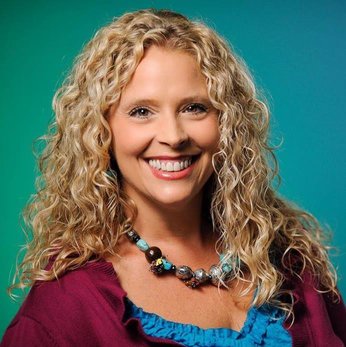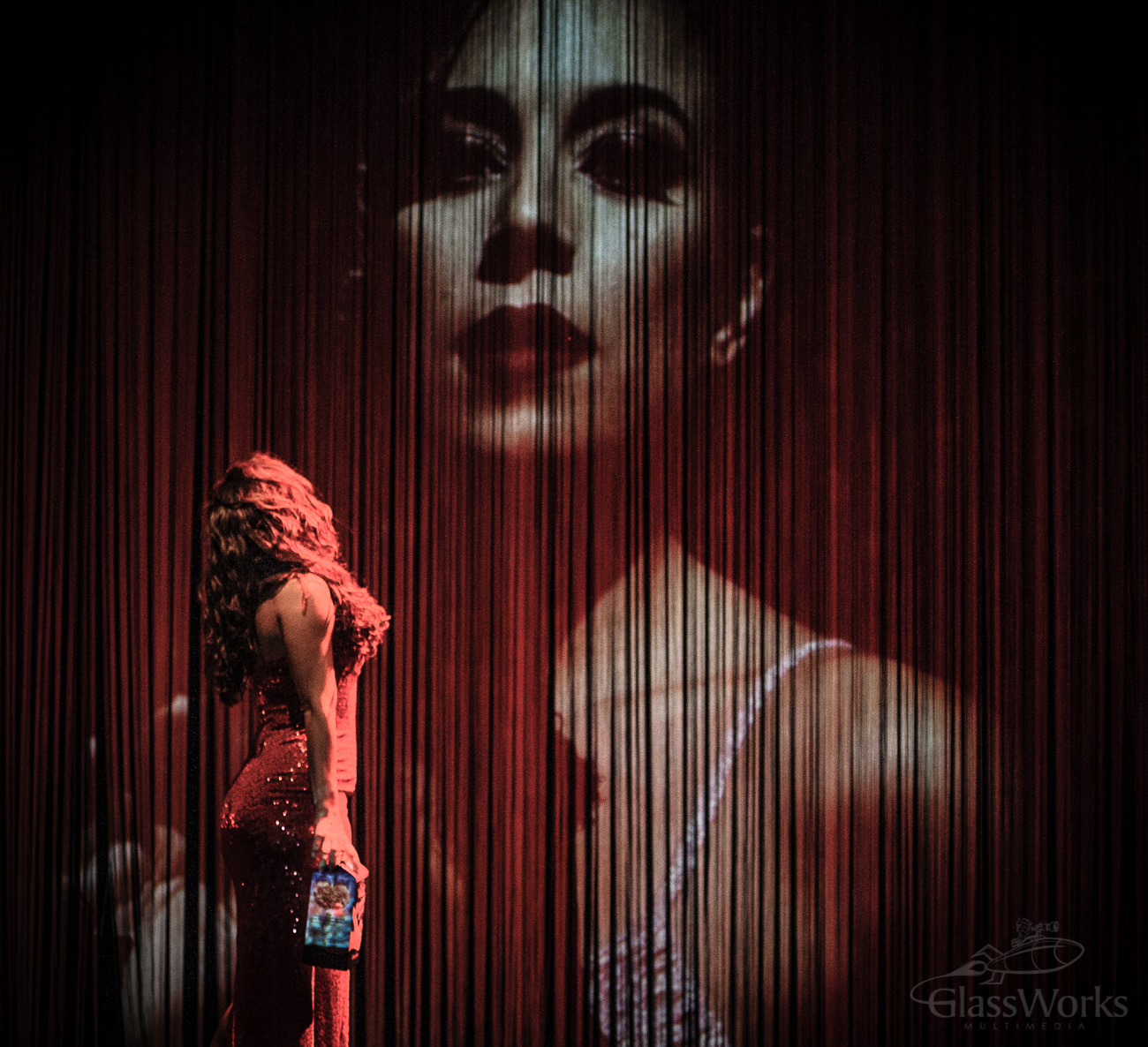
Beth Boone: Curating watershed moments in cultural programming
Above: An event at The Light Box. Photos courtesy of Miami Light Project.
Beth Boone has been at the helm of Miami Light Project, as both its artistic and executive director, since 1998. I sat down with Boone at Zak the Baker in Wynwood for a one-on-one interview. Over an eggplant skillet, rugala and powdered donuts, we talked family, local politics and PBS, as well as the past, present and future of the South Florida-based cultural organization.
Even before Boone found a semi-permanent home for the Miami Light Project at The Light Box at Goldman Warehouse, she had already curated watershed moments in cultural programming in Miami. From Nina Simone to the Tiger Lillies, the Knight Arts grantee has and continues to present some of the most innovative and significant musicians and performers from around the world–all in the name of bringing Miamians together through the performing arts.

Beth Boone.
“Human beings have an innate desire to commune with others–to collectively experience ethos, pathos. That’s why theater has been going on for thousands of years. As human beings, we’re just trying to figure out what it all means,” says Boone. “Theater can be a positive experience in the communion between the audience and the artist, which is what I think everyone is looking for.” Boone views the stage and the artists who inhabit it as realizers of the human experience. “Through their experiments, artists show us the human experience. Sometimes they show us the answer. Sometimes they just call up the question and leave it up to us to decide what’s next,” Boone says. “Miami Light Project exists for those moments.” Over the years, Miami Light Project has consistently programmed with diversity in mind, and this is something that is incredibly important to Boone. For example, this weekend, it will present acclaimed Japanese choreographer Kota Yamazaki in the dance theater work “OQ.” The Bessie Award-winning work features dancers with diverse cultural experiences, including Western contemporary, butoh and hip-hop. “Miami Light Project plays a special role in ensuring diversity in the arts, not as an afterthought, but at the core of what and who we present,” Boone says. “That’s why I think our programming reflects an authentic kind of diversity. We don’t segment our programming. We bring our programming to the whole community.”

“Cookie’s Kid,” a work commissioned and premiered by Miami Light Project. Through Here & Now, Miami Light Project also fosters the careers of emerging and mid-career artists and theater professionals. Through the series, the group commissions local artists to create new work that will be presented to the public. It’s a platform that consciously showcases Miami’s racially and culturally diverse performing arts community. Miami Light Project also offers youth and community programming, along with a Technical Fellowship program aimed at theater technicians. And this is what is so unique about Miami Light Project and The Light Box. Both are far more than a cultural arts organization or a space, respectively. They are a home and home-base for artists and other Miami-based nonprofits. Designed by Boone and architect Oscar Glottman, The Light Box space is organized around a simple concept: go with the flow. You can literally feel the flow when you walk into the quasi-industrial space that takes its inspiration from feng shui, but doesn’t shut us down with that ‘don’t touch a thing’ vibe. The duo created a perfect union to create and experience the performing arts. Before we left Zak’s, I asked Boone what her measure of success is. “No one ever asks that question, you know–except for grants,” Boone said. “I guess, for me, success looks like this: The Light Box is programmed to the gills. People are enjoying their experience. They’re laughing, crying and tearing their hair out over what they just grappled with onstage. Our artists are having a good experience, even if its wrenching, even if there are moments in their process when they’re tearing their hair out, and then they break on through to the other side.” What comes out on the other side, year after year, is an organization that has had a profound impact on the cultural identity and vitality of our community–a community that still craves the intimate connections that one can only experience in a theater setting. For information on upcoming events, visit the Miami Light Project website.
Recent Content
-
Artsarticle ·
-
Artsarticle ·
-
Artsarticle ·
